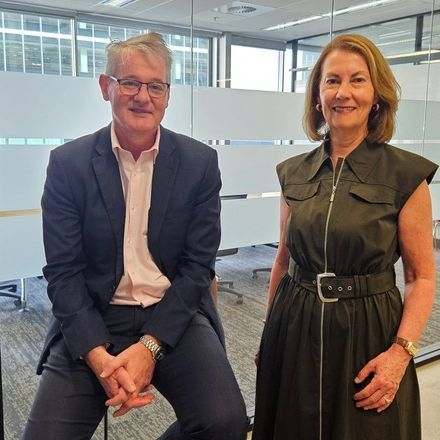

Image by DALL·E Pic: Midjourney
Editors' Note: Many Fast News images are stylised illustrations generated by Dall-E. Photorealism is not intended. View as early and evolving AI art!

Tech in children's lives,
Risk and reward intertwined,
Their voice must be heard.

Social media ban: UniSA study highlights the integral role of tech in children's lives
New research from the University of South Australia (UniSA) suggests that a proposed social media ban for children under 16 years could have detrimental effects on those that it is trying to protect.
It comes as multiple campaigns and lobby groups have been pressuring the government to raise the minimum age for social media use to protect children from the harmful effects social media may be having on their development. The proposed ban has received support from both sides of politics.
The study, funded by the Australian Research Council and the British Academy Foundation, engaged 62 grade five children (aged 10-11 years) in Australia and the UK to assess children’s use of digital media. At the time of publication, more than 40 different apps were being used by children for various purposes, with the list rapidly expanding.
The research found that children aged 10-11 years rely heavily on technology to stay connected with immediate and extended families, and to foster a sense of belonging among their friends.
Lead researcher, UniSA’s Professor Sue Nichols, said that the benefits of children’s access to, and use of, digital media are often overlooked in discussions dominated by issues of risk. Nichols highlights that digital technologies offer more than just risk and that children's use of digital media is integral to their lives.
"Current discussions about children’s use of digital media tends to be preoccupied with issues of risk,” Nichols said. “How young children use digital media is integral to how they live their lives so it’s vital that we consider children’s agency in a world that, for them, has always included technology.”
Co-researcher, Dr Hannah Soong, emphasised that any programs or policies put forward for children’s safe use of digital technologies must also be informed by children’s perspectives. Soong notes that children as young as 10 are more risk aware than expected, particularly as they’ve grown up with this technology.
“It may come as a surprise, but children as young as 10 are more risk aware than you would expect, particularly as they’ve grown up with this technology,” Soong said. “We are now at a crossroads where broad-brush decisions are being made about the use of social media. We only ask that the whole picture be considered, and that children have a voice in their digital space.”
Partner Content from Salesforce
A Guide to Personalised Marketing That Keeps Customers Engaged
Customer Service Makes a Strategic Shift for ANZ Organisations










